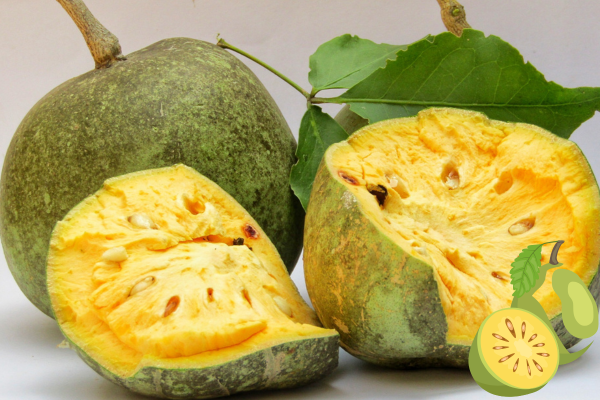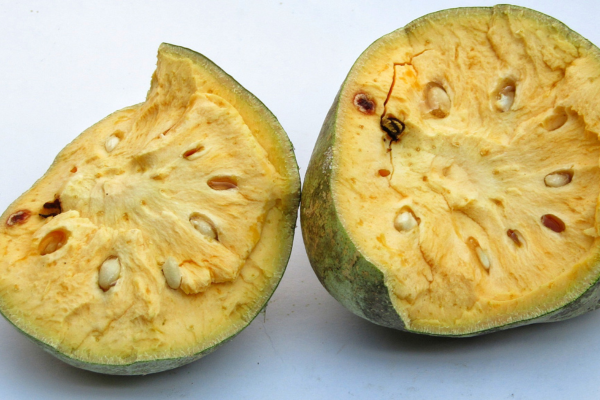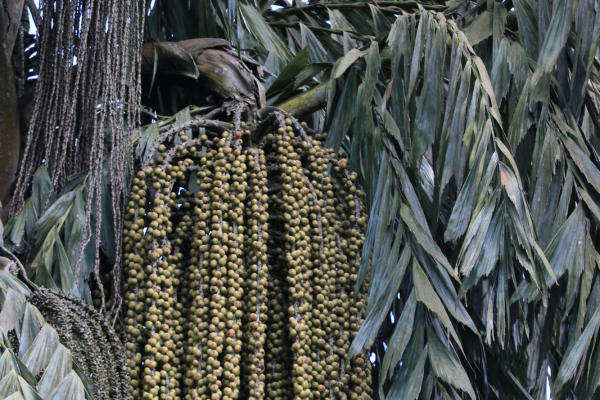Aegle Marmelos (Bael/Beli) – By Nadeeka – eLanka

Aegle marmelos, commonly known as bael, beli, Bengal quince, golden apple, or stone apple, is a species of tree native to the Indian subcontinent and Southeast Asia. The tree is revered for its medicinal properties and cultural significance, particularly in India and Sri Lanka. This article explores the history, health benefits, and detailed aspects of Aegle marmelos, providing a comprehensive understanding of this remarkable plant.
Historical Background
Ancient Origins and Cultural Significance
Aegle marmelos has been cultivated and revered in India for over 5000 years. It holds a prominent place in Hindu mythology and is often associated with Lord Shiva. The trifoliate leaves of the bael tree are considered sacred and are used in religious rituals. Ancient scriptures such as the Vedas and Puranas mention the bael tree, highlighting its importance in traditional Indian culture.
Medicinal Use in Ayurveda
In Ayurveda, the traditional system of medicine in India, bael has been used extensively for its therapeutic properties. Ayurvedic texts describe the use of various parts of the bael tree, including the fruit, leaves, bark, and roots, to treat a wide range of ailments. The fruit is particularly valued for its digestive and anti-inflammatory properties.
Spread and Cultivation
Bael trees were initially cultivated in the Indian subcontinent and later spread to other parts of Southeast Asia. Today, Aegle marmelos is grown in countries like Thailand, Sri Lanka, Bangladesh, and Myanmar. The tree thrives in a wide range of climatic conditions and is often found in wild and semi-wild states.
Botanical Description
Tree Characteristics
Aegle marmelos is a medium-sized, deciduous tree that can grow up to 12-15 meters in height. The tree has a short trunk and a dense, spreading crown. The bark is pale brown or grayish, and it peels off in thin flakes.
Leaves
The leaves of the bael tree are trifoliate, meaning they are composed of three leaflets. They are glossy, green, and emit a characteristic aroma when crushed. The leaves are used in various traditional and religious practices.
Flowers and Fruits
The tree produces small, greenish-white flowers with a sweet fragrance. The fruit of Aegle marmelos is spherical or pear-shaped, with a hard, woody shell. The ripe fruit is yellowish-orange and contains a sweet, aromatic pulp. The seeds are embedded in the pulp and are surrounded by a mucilaginous layer.
Health Benefits
Nutritional Profile
Bael fruit is rich in various nutrients, including vitamins, minerals, and dietary fiber. It contains vitamins A, B, and C, as well as calcium, potassium, and iron. The fruit is also a good source of antioxidants and bioactive compounds such as tannins, flavonoids, and coumarins.
Digestive Health
Bael fruit is renowned for its digestive benefits. It is traditionally used to treat constipation, diarrhea, and dysentery. The high fiber content in bael fruit aids in bowel movement and helps maintain a healthy digestive system. The fruit’s mucilage content soothes the intestinal lining and reduces inflammation.
Antimicrobial Properties
Studies have shown that Aegle marmelos possesses antimicrobial properties that can combat various bacterial, viral, and fungal infections. The extracts from the fruit, leaves, and bark have demonstrated efficacy against pathogens such as Escherichia coli, Staphylococcus aureus, and Candida albicans.
Anti-inflammatory and Analgesic Effects
Bael has significant anti-inflammatory and analgesic properties, making it useful in treating conditions like arthritis, gout, and other inflammatory disorders. The presence of bioactive compounds such as marmelosin and psoralen contributes to these effects.
Antioxidant Activity
The antioxidants present in bael fruit help neutralize free radicals and protect the body from oxidative stress. This property is beneficial in preventing chronic diseases such as cardiovascular diseases, diabetes, and cancer.
Respiratory Health
Bael is also used to treat respiratory conditions such as asthma, bronchitis, and the common cold. The fruit’s mucilage content helps soothe the respiratory tract, while its antimicrobial properties aid in combating infections.
Diabetes Management
Research indicates that Aegle marmelos can help regulate blood sugar levels. The leaves and fruit extracts have shown hypoglycemic effects, making bael a potential complementary therapy for managing diabetes.
Cardiovascular Benefits
The consumption of bael fruit can have positive effects on cardiovascular health. It helps reduce cholesterol levels, improves blood circulation, and prevents atherosclerosis, thereby reducing the risk of heart diseases.
Liver Health
Bael fruit has hepatoprotective properties, meaning it can help protect the liver from damage caused by toxins and infections. It is used in traditional medicine to treat jaundice and other liver-related disorders.
Skin Health
The antimicrobial and anti-inflammatory properties of bael make it beneficial for skin health. It is used to treat various skin conditions such as eczema, acne, and skin infections. The fruit’s antioxidant content also helps in maintaining healthy skin by preventing oxidative damage.

Traditional and Modern Uses
Traditional Medicinal Uses
In traditional medicine, various parts of the bael tree are used to treat a range of ailments:
- Fruit: Used to treat digestive issues, respiratory problems, and infections.
- Leaves: Applied as a poultice for wounds and inflammations, and consumed for managing diabetes.
- Bark: Used for treating fevers, colds, and skin conditions.
- Roots: Employed in treating gastrointestinal disorders and fever.
Culinary Uses
Bael fruit is consumed in various forms, including fresh, dried, and as a juice. The pulp is often used to make beverages, sherbets, and jams. In some regions, bael is also used in desserts and sweets.
Modern Pharmaceutical Uses
Modern research has led to the development of various pharmaceutical products derived from Aegle marmelos. These include dietary supplements, herbal extracts, and medicinal formulations aimed at leveraging the plant’s health benefits.
Scientific Research and Findings
Phytochemical Analysis
Phytochemical studies have identified several bioactive compounds in Aegle marmelos, including alkaloids, flavonoids, coumarins, and terpenoids. These compounds contribute to the plant’s therapeutic properties and form the basis for its medicinal uses.
Clinical Studies
Numerous clinical studies have been conducted to evaluate the efficacy of bael in treating various health conditions. These studies have provided scientific validation for many of the traditional uses of Aegle marmelos. For instance, research has demonstrated the fruit’s effectiveness in managing diabetes, improving digestive health, and protecting the liver.
Safety and Toxicity
While Aegle marmelos is generally considered safe for consumption, some studies have highlighted potential toxicity at high doses. It is essential to adhere to recommended dosages and consult healthcare professionals before using bael for medicinal purposes.
Conservation and Sustainability
Threats to Wild Populations
The wild populations of Aegle marmelos are threatened by habitat loss, overharvesting, and environmental changes. Conservation efforts are necessary to ensure the sustainability of this valuable plant.
Cultivation Practices
Sustainable cultivation practices, including organic farming and agroforestry, can help preserve bael trees and their natural habitats. Efforts are being made to promote the cultivation of Aegle marmelos in home gardens and agricultural lands.
Role of Botanical Gardens and Research Institutions
Botanical gardens and research institutions play a crucial role in the conservation of Aegle marmelos. They conduct research on the plant’s propagation, genetic diversity, and medicinal properties, contributing to its preservation and sustainable use.
Conclusion
Aegle marmelos, with its rich historical background and extensive health benefits, continues to be a valuable plant in traditional and modern medicine. Its therapeutic properties, supported by scientific research, make it a promising natural remedy for various health conditions. As we advance in our understanding of this remarkable plant, it is essential to focus on its conservation and sustainable use to ensure that future generations can also benefit from its numerous advantages.
In conclusion, the bael tree is not just a part of ancient heritage but a beacon of health and wellness in contemporary times. By integrating traditional knowledge with modern scientific research, we can fully harness the potential of Aegle marmelos and continue to explore its vast medicinal properties.





















